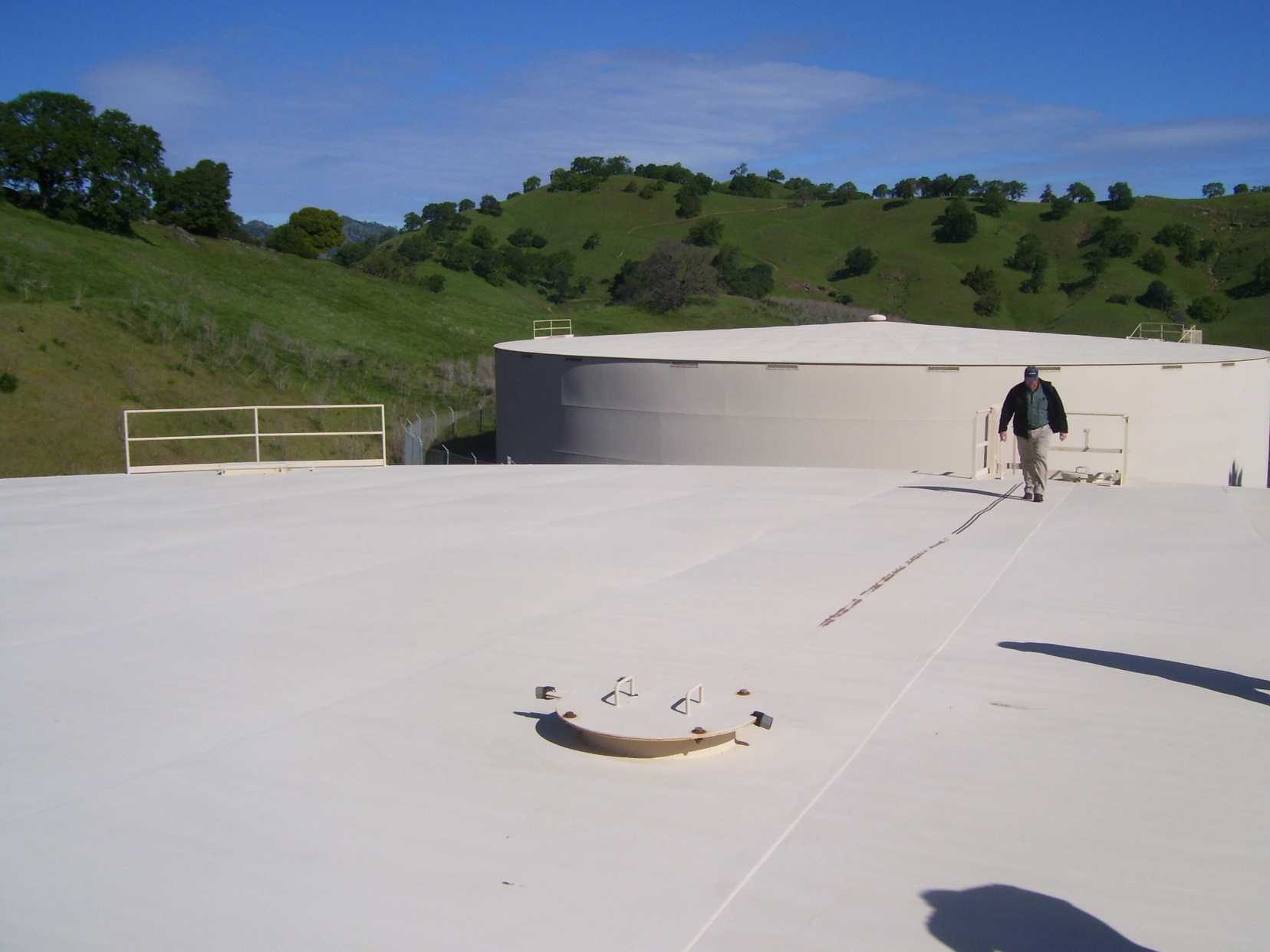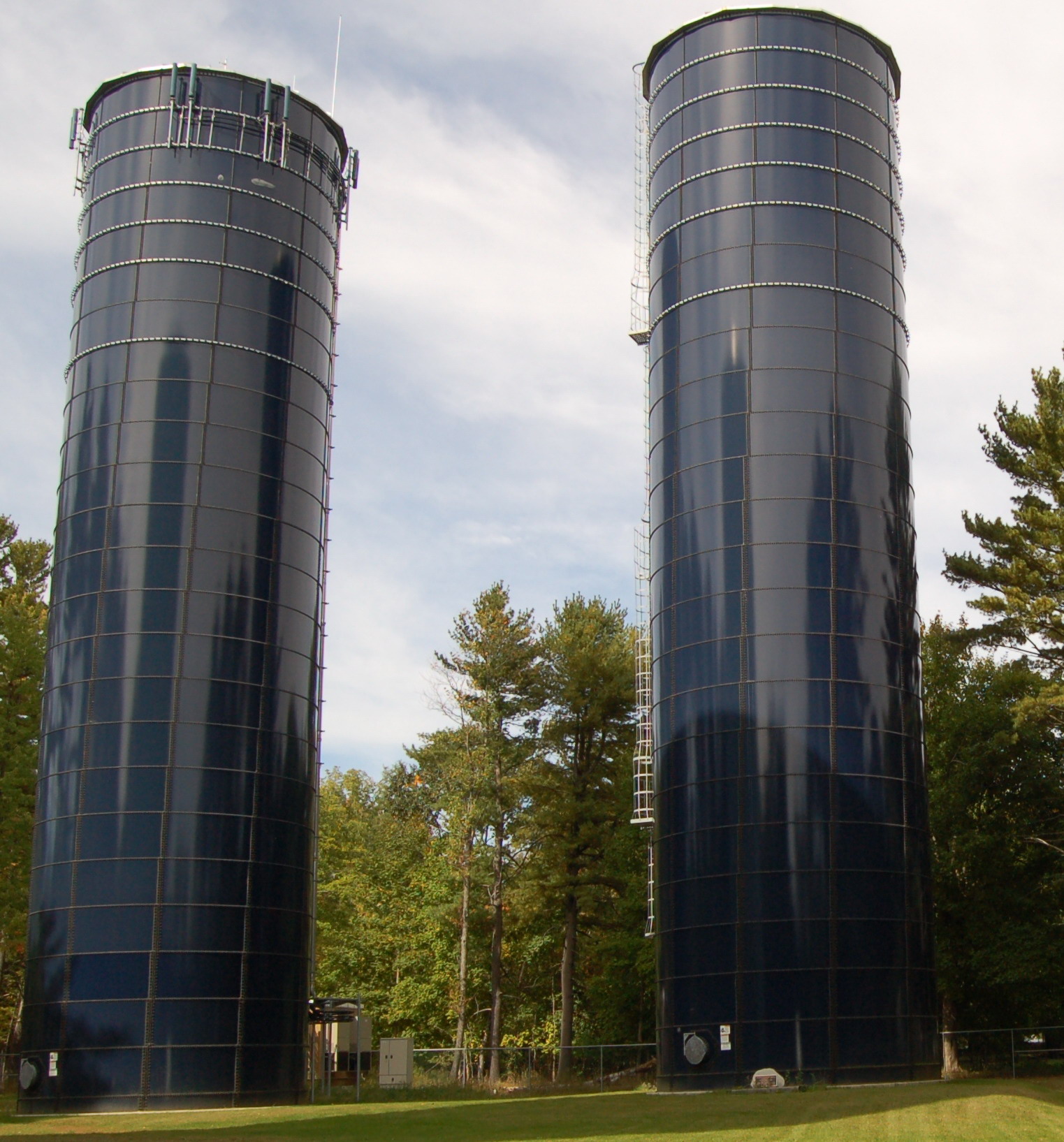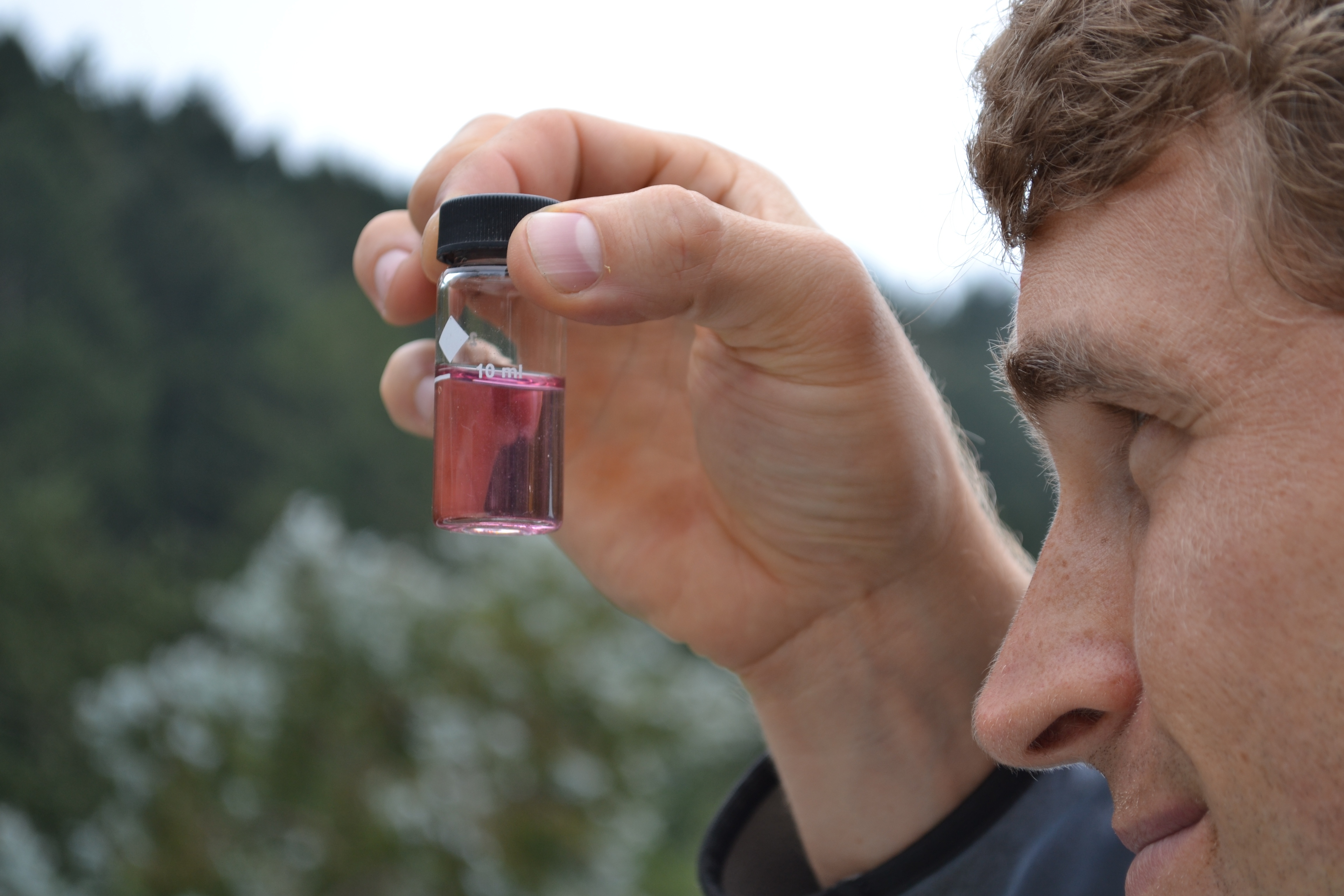Mixing drinking water storage tanks is well recognized as an important tool for improving water quality and protecting tank assets. There are many mixing technologies for operators to choose from, with varying degrees of performance, but to solve serious water quality problems, powerful mixing is key.
Powerful active mixing eliminates thermal stratification and ensures uniform conditions throughout the tank. This has been shown to lower overall disinfectant residual demand, reduce the risk of nitrification and enable safe, reliable boosting of residual disinfectant. Additionally, powerful mixing can protect and preserve tank assets by preventing the ice formation (which can scrape tank coatings or puncture tanks), and lowering summertime headspace temperatures (which reduces corrosion rates).
Read More
Topics:
active mixing for water storage tanks,
drinking water quality,
thermal stratification
Water treatment plant operators have a challenging job under normal circumstances. They must optimize treatment strategies for varying water demand and cope with unpredictable (but inevitable) emergencies such as infrastructure repairs and emergency response. Now, large-scale weather patterns such as drought and El Niño are making a tough job even more challenging.
Read More
Topics:
drinking water quality
A standpipe is a ground-supported storage tank with a height that is greater than its diameter. Its design helps generate storage and pressure with a low upfront cost compared to elevated tank geometries. While there are cost advantages to standpipes, its geometry is a liability: tall and skinny tanks naturally promote thermal stratification and harm water quality. Standpipes have a higher surface area to volume ratio – meaning that more surface area is exposed to heat from the sun, and there’s less volume inside the tank to absorb that heat. Additionally, the limited cross-sectional area of a standpipe makes it difficult to exchange heat between the hot water at the top of the tank and cold water at the bottom, resulting in thermal stratification. Below we have compiled four signs that indicate your standpipe is thermally stratified.
Read More
Topics:
active mixing,
eliminate stratification,
drinking water quality,
PAX Water Mixer,
storage tanks,
water circulation,
passive mixing,
mixing systems,
low turnover
When summer temperatures rise, chlorine demand inside storage tanks increases and water quality can degrade. Warm water temperatures, particularly at the top of the tank, increase biological growth, deplete residual disinfectant and increase the formation rate of disinfection by-products (DBPs). Thermal stratification also creates hot and humid conditions inside the headspace, greatly accelerating corrosion rates inside steel tanks. One effective solution to combat stratification and maintain disinfectant residual levels is active mixing. A powerful mixer eliminates thermal and chemical stratification inside tanks and reduces the growth of biofilms and DBPs. Below, we answered three common questions on maintaining residual disinfectant levels inside water storage tanks.
Read More
Topics:
active mixing,
eliminate stratification,
drinking water quality,
PAX Water Mixer,
storage tanks,
water circulation,
passive mixing,
mixing systems,
low turnover
Chloramines are an attractive option for secondary disinfection - they're chemically stable, persistent and produce much lower levels of disinfection by-products (DBPs). However, because chloramination involves mutiple chemical reactions between ammonia and chlorine, managing the chemistry of chloraminated water distribution systems is tricky. Chlorine is consumed as water travels through the distribution system and reacts with organic matter, and free ammonia can be left behind. For this reason, nitrification becomes a principal water quality management issue for chloraminated water systems. We have received many inquiries from operators about how to manage and avoid nitrification in water storage tanks, below we answered three common questions.
Read More
Topics:
drinking water quality,
nitrification,
eliminate nitrification,
thermal stratification
The Stage 2 DBP rule is here and presenting tough choices for water system operators. Upgrades to the treatment plant are expensive and constrained by existing infrastructure. Changing disinfectants can also be expensive and difficult to sell to a wary board and community.
Topics:
PAX Water Technologies,
drinking water quality,
in-tank aeration,
THM Removal,
dbp formation
Charles Fishman (author of The Big Thirst) wrote a piece for the Washington Post last month on “Five Myths About Water.” Number two on Charles’ myth list is “bottled water is better than tap water,” where he unveils that tap water is actually MORE closely monitored than bottled water and that in blind taste tests “people can’t reliably pick bottled from tap.” At PAX Water, Charles’ article got us thinking about some of the myths we’re trying to bust in the drinking water industry. Here are our top five:
Read More
Topics:
active mixing,
eliminate stratification,
drinking water quality,
PAX Water Mixer,
storage tanks,
water circulation,
passive mixing,
mixing systems,
low turnover






